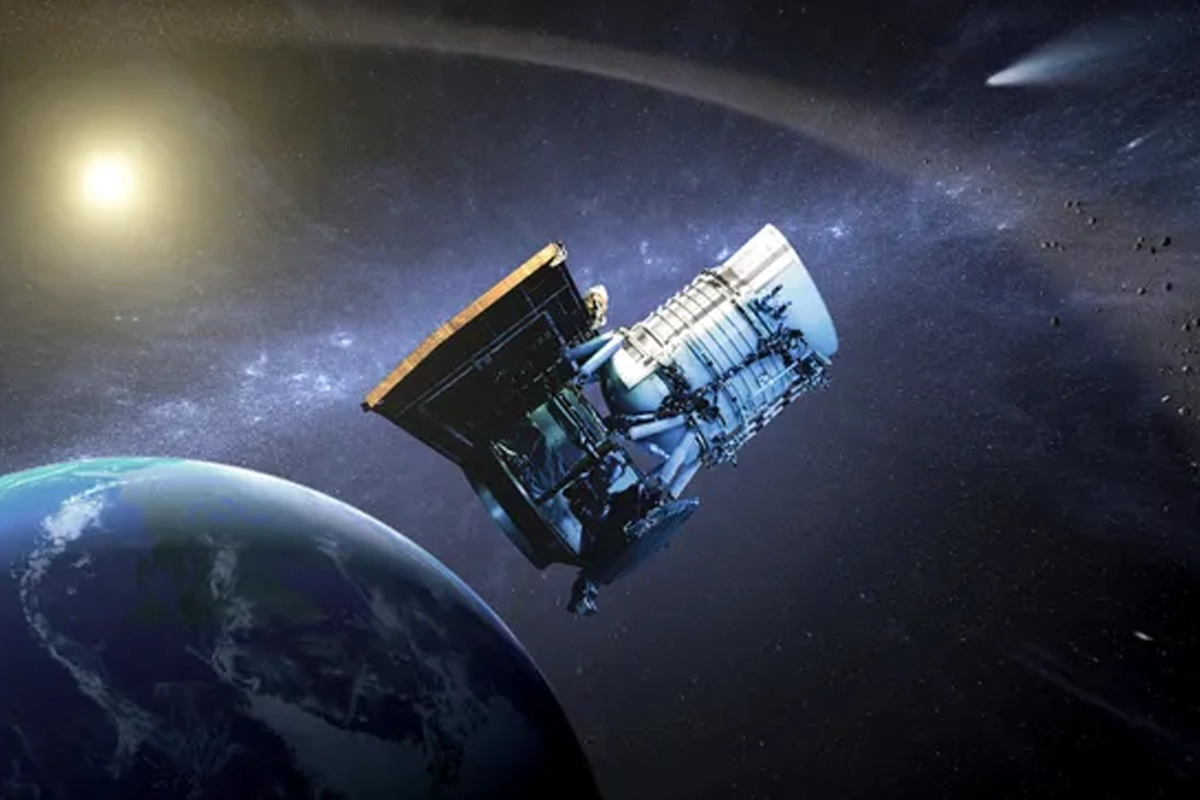After a decade of groundbreaking exploration, NASA has sent the final command to the NEOWISE space telescope, marking the end of its asteroid-hunting mission. This incredible spacecraft, originally launched as the WISE space telescope, has provided valuable data about asteroids, stars, and galaxies. At the core of its success are the high-precision C-Flex bearings, which ensured smooth operation and stability throughout its mission. These advanced bearings played a vital role in enabling NEOWISE to scan the skies with unparalleled accuracy, supporting its contributions to space exploration.
NASA shuts down down asteroid-hunting NEOWISE telescope as the sun drags it to its doom
NASA’s only space telescope dedicated to planetary defense has turned off its transmitter for the last time, ending its 15-year career detecting near-Earth asteroids and comets.
The spacecraft — named NEOWISE (Near-Earth Object Wide-field Infrared Survey Explorer) — vastly outlived its original seven-month mission to scan the sky for infrared signals. It ultimately detected more than 200 previously unknown near-Earth objects, including 25 new comets, and provided a wealth of data on 44,000 other objects that zoom through our solar system, according to NASA.
NEOWISE’s mission, which officially ended on July 31, is finally coming to an end as the sun’s era of peak activity, called solar maximum, threatens to drag the satellite into Earth’s atmosphere for a final, fiery reentry. The spacecraft, which lacks propellant to thrust itself into a higher orbit, has been steadily falling toward Earth for years and is expected to safely burn up in the atmosphere in late 2024.



